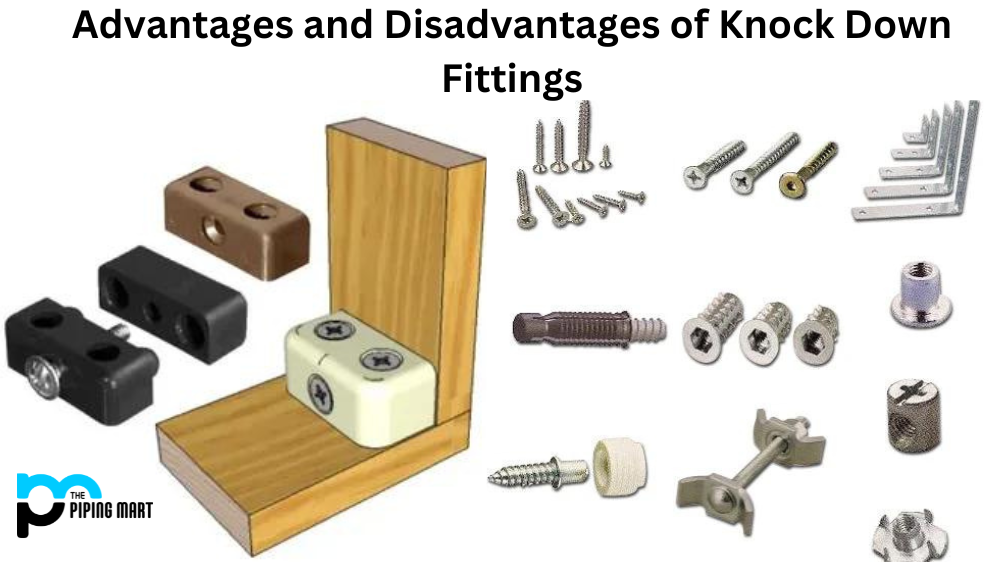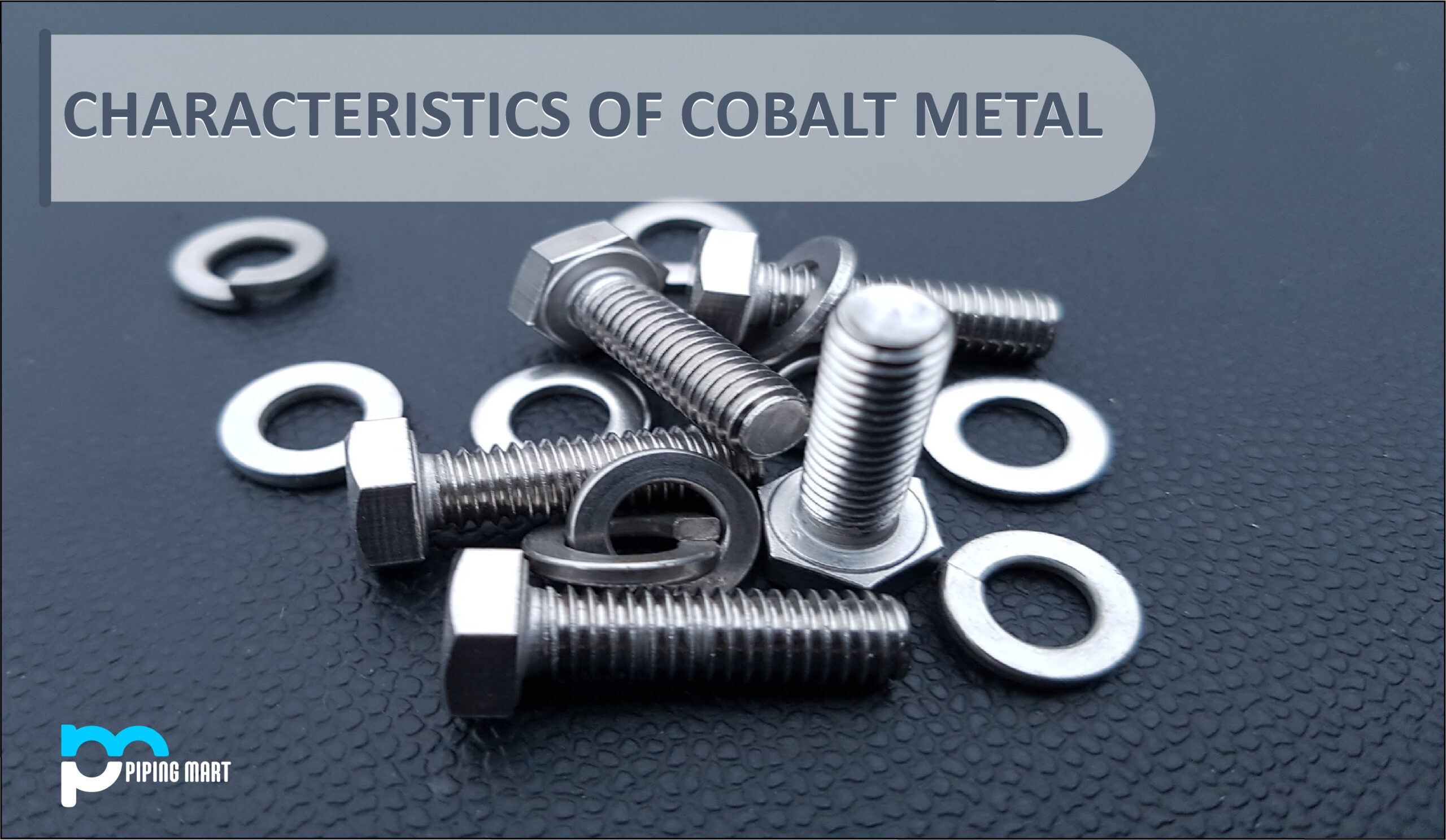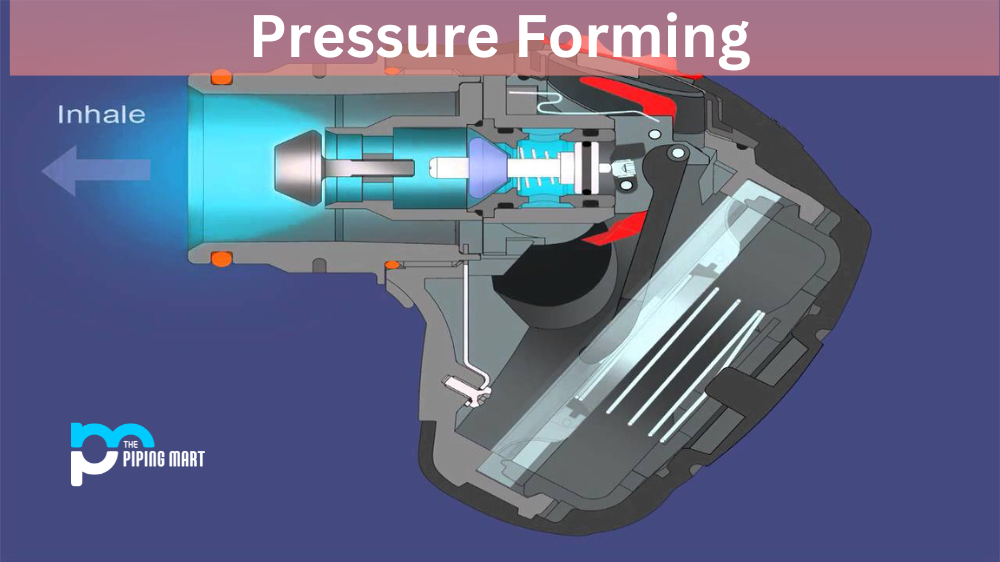Knock down fittings are a popular choice for many woodworking projects. They offer a good amount of flexibility and can be used for a wide range of applications. However, knock down fittings have their drawbacks, and it’s essential to understand the advantages and disadvantages before deciding if they’re the best choice for your project. Let’s take a closer look at what you need to know about knockdown fittings.
Knock Down Fittings Advantages
One of the biggest advantages of knock-down fittings is their convenience. They don’t require any special tools or techniques to assemble, making them ideal for DIYers needing more woodworking experience. Also, since they don’t use screws or nails, they can be taken apart easily if you ever need to change something. This makes them great for projects that need to be moved around often or require frequent adjustments.
Another benefit of knock-down fittings is that they provide excellent strength and stability due to the interlocking design. The pieces fit together tightly and form a strong bond when appropriately assembled. This makes them perfect for applications where extra strength is needed, such as furniture or cabinetry.
Easy to Install
One of the primary advantages of knock-down fittings is that they are easy to install. Unlike traditional fittings requiring soldering or welding, knock-down fittings can be connected using screws or bolts. This makes them ideal for those who need access to welding equipment or who are not experienced in soldering.
No Hot Work Required
Another advantage of knock-down fittings is that they do not require hot work. This means that they can be installed in areas where there is a risk of fire, such as near flammable liquids or gases. Additionally, it also means that installation can be completed more quickly as there is no need to wait for the fitting to cool before proceeding.
Reusable
Knock-down fittings are also reusable, which means they can be disconnected and reconnected as needed. This is beneficial for those who may need to move their piping at some point in the future or for those who need to make repairs.
Cost-Effective
Knock-down fittings are typically more cost effective than traditional fittings as they do not require special tools or equipment for installation. Additionally, they are often less expensive to purchase, making them a good option for those on a budget.
Available in a Variety of Materials
Knock down fittings are available in various materials, including brass, stainless steel, and plastic. This means that they can be used in multiple applications and environments.
Knock Down Fittings Disadvantages
The main disadvantage of using knock-down fittings is that it can be difficult to get them aligned correctly when assembling them. Because there aren’t any screws or nails holding everything together, the pieces must fit together perfectly to create a strong bond. If one piece isn’t aligned with another, it won’t fit properly and could weaken the entire structure. Additionally, if you try to force two pieces that aren’t lined up correctly, you could damage the fitting or the attached material.
Knock down fittings also tend to be more expensive than other types of woodworking hardware like screws or nails. While this isn’t necessarily bad—since you’re getting a stronger connection—it does mean that using knock-down fittings will add more cost to your project overall, which may not make sense depending on your budget constraints.
More expensive
One of the primary disadvantages of knock-down fittings is that they are more expensive than traditional fittings. This is because knock down fittings must be shipped in separate pieces and then assembled on site, which requires more labor and materials.
More difficult to install
Another disadvantage of knock-down fittings is that they are more challenging to install than traditional fittings. This is because the pieces must be accurately cut and fit together for the fitting to work properly. This can be time-consuming and challenging, especially for those not experienced installing these fittings.
Not as strong
Another downside of knock-down fittings is that they are less strong than traditional fittings. This is because the joints are not as secure, which can cause the fitting to come apart or leak over time.
Limited selection
Another disadvantage of knock-down fittings is that there is a limited selection available. This is because only some manufacturers produce these fittings, so there may be fewer style or size options.
Requires special tools
Another downside of knock-down fittings is that they require special tools for installation, which can be expensive or difficult to find.
Conclusion:
Knock-down fittings are an excellent option for anyone looking for maximum flexibility in their woodworking projects without sacrificing strength or stability. While some drawbacks are associated with using these kinds of fixtures—such as alignment issues and higher costs—these should be weighed against the advantages they offer before deciding whether or not they make sense for your particular application needs. Ultimately, understanding both sides will help you make an informed decision about whether knock down fittings are suitable for your project needs and budget constraints!
Meet Heer, a dynamic and driven writer learning tricks of her trade in the metal industry. With a background in Digital Marketing, Heer brings a unique perspective to her writing, sharing valuable insights. Apart from blogging she like reading and hiking.




